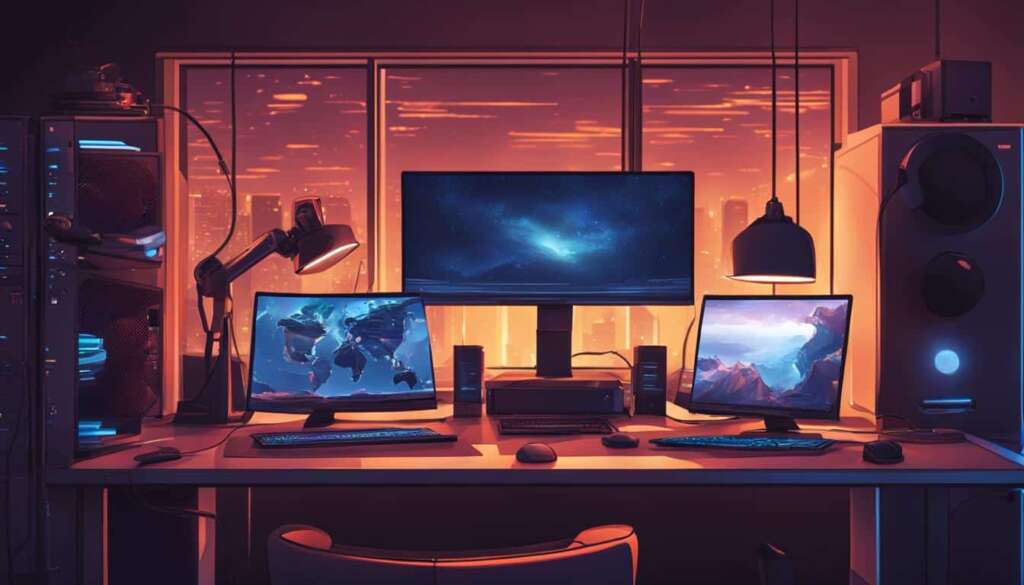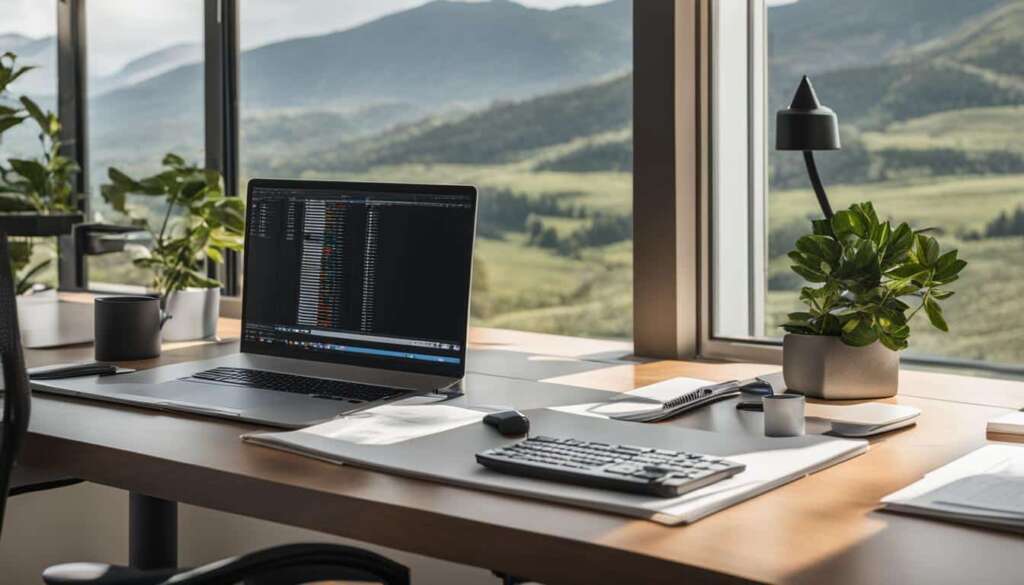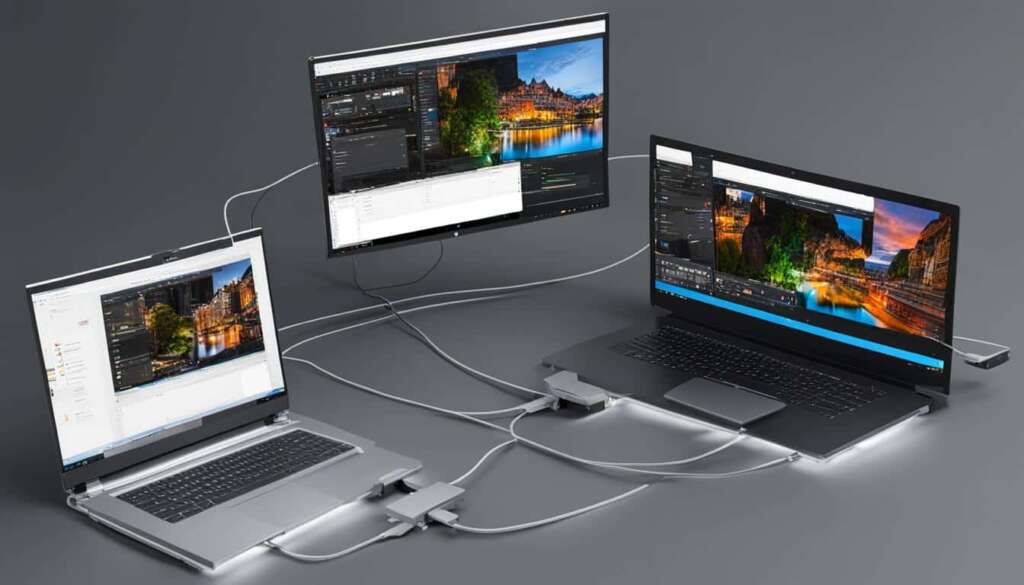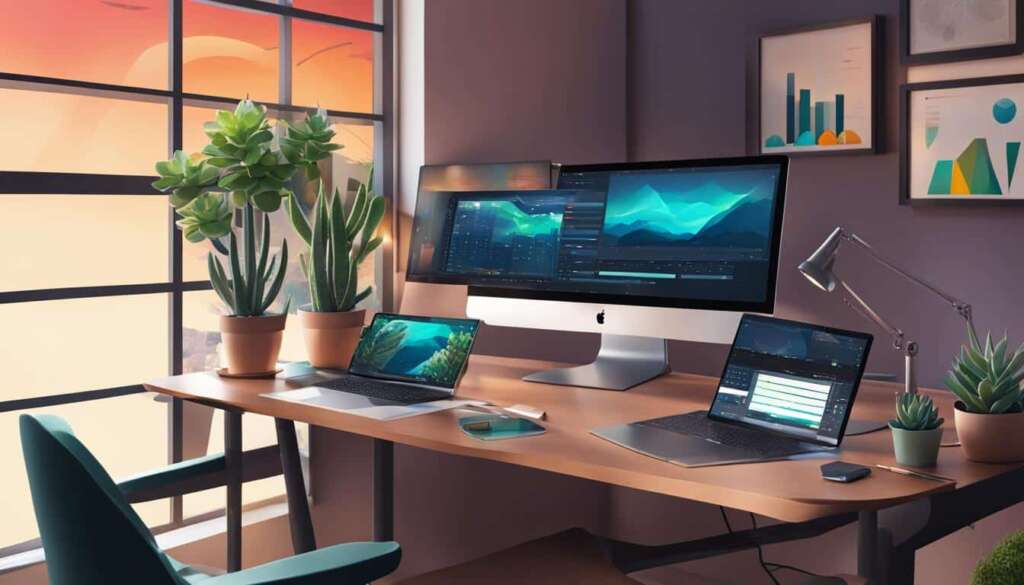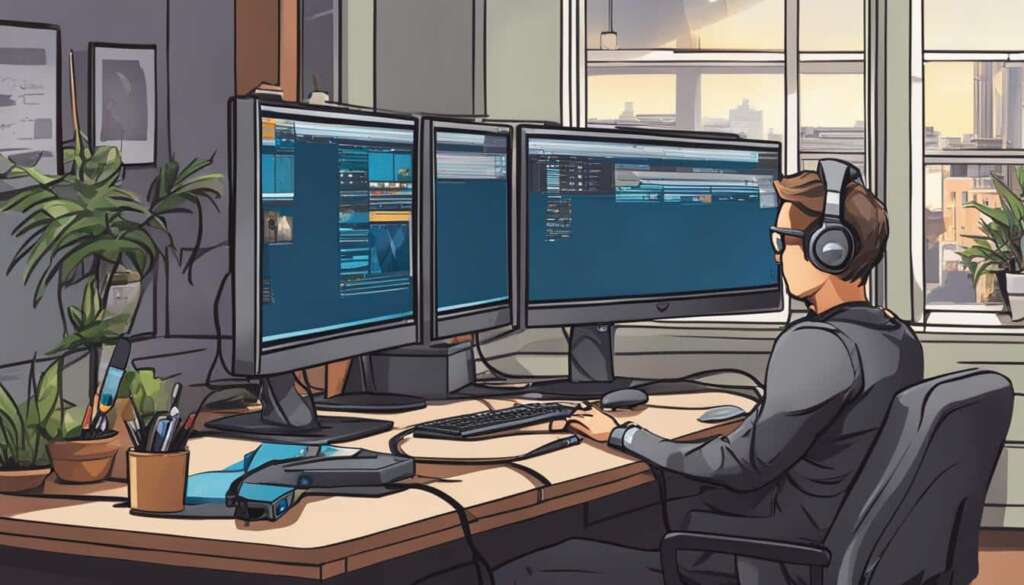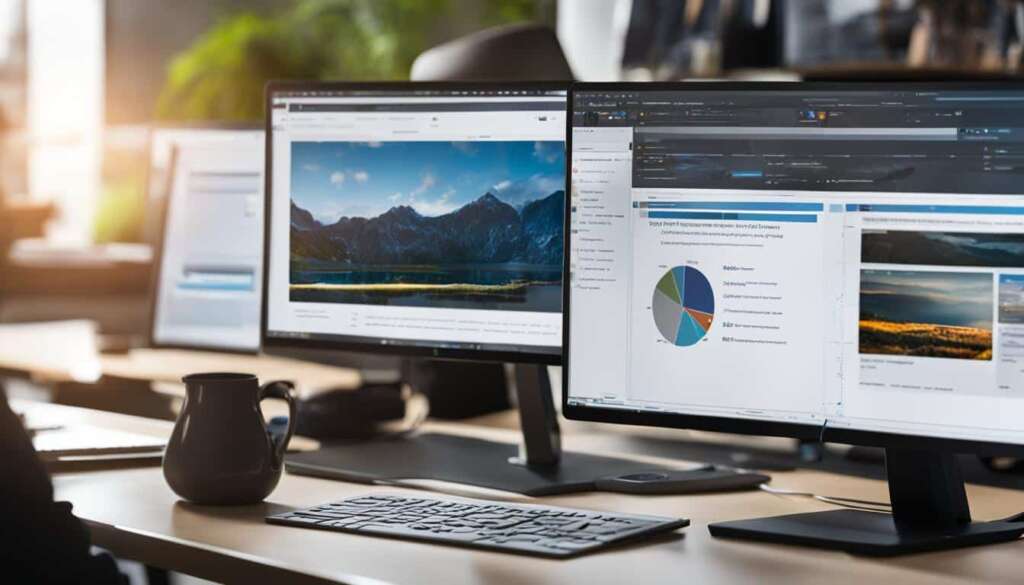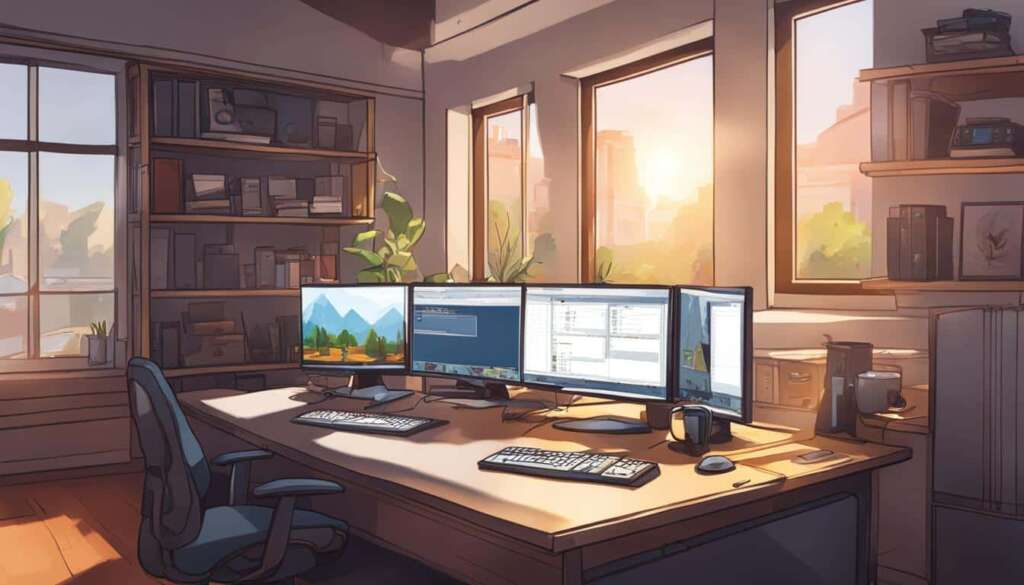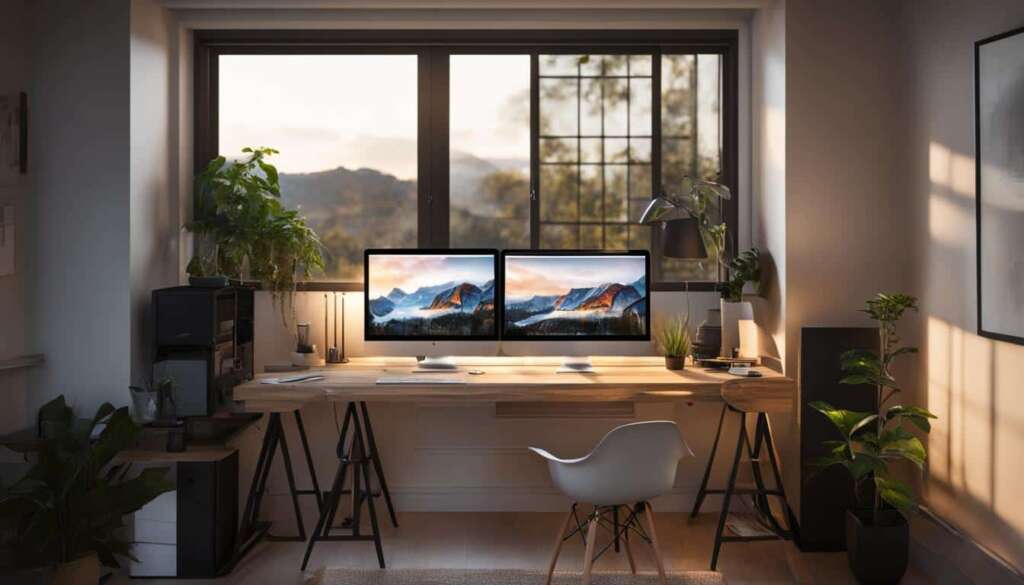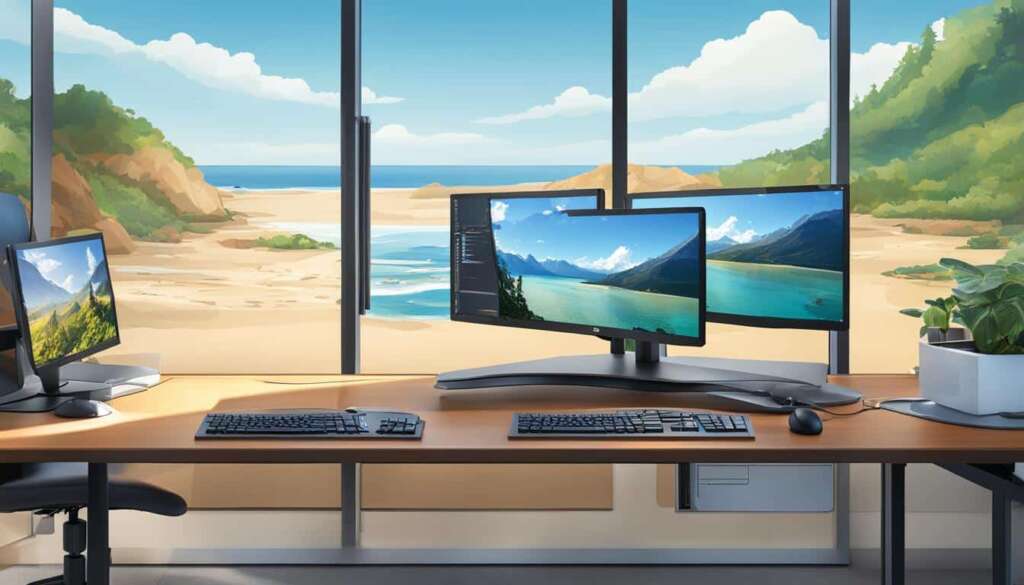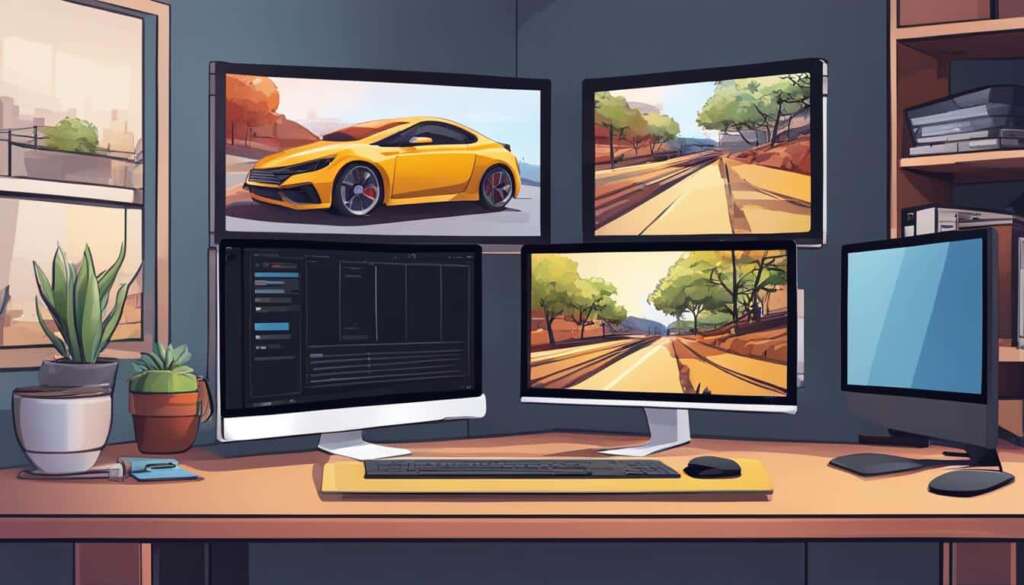Table of Contents
There are many reasons why you would want to set up a dual monitor setup for your PC. Whether it’s for multitasking, gaming, or productivity, having extra screen real estate can significantly enhance your workflow. Fortunately, setting up dual monitors on a PC is a straightforward process. In this guide, we will walk you through the step-by-step instructions on how to connect two monitors to a PC and maximize your display setup. From ensuring your PC has the proper connections to configuring the display settings, we will cover all the necessary steps to achieve an expanded visual experience with dual monitors.
Before setting up dual monitors, it is essential to ensure that your PC has the necessary connections. Most modern PCs come equipped with multiple outputs, such as HDMI and DisplayPort, which can be used to connect external displays. If your PC has a dedicated GPU, it will typically have more connection options, while PCs without a GPU will rely on the motherboard for graphics processing. Regardless of the type of PC you have, it is crucial to have at least two available connections for external monitors. Consider the type of outputs your PC has and make sure they match the inputs on your monitors.
Once you have determined that your PC has the necessary connections, the next step is physically connecting the monitors to your computer. This is a simple process of connecting the output from your PC to the input on each monitor. Most monitors have HDMI inputs, so using an HDMI cable is a common choice. If your PC has multiple HDMI outputs, you can connect each monitor directly using HDMI cables. However, if you have a mix of available connections, such as a DisplayPort output on your PC and HDMI input on the monitor, you may need a DisplayPort to HDMI adapter cable. Make sure to connect the cables correctly and ensure that both monitors are properly detected by your PC.
Ensure Your PC Has the Proper Connections
Before setting up dual monitors, it is essential to ensure that your PC has the necessary connections. Most modern PCs come equipped with multiple outputs that support dual monitor connections, such as HDMI and DisplayPort. These outputs allow you to connect external displays and expand your screen real estate for improved productivity and multitasking.
If your PC has a dedicated GPU (Graphics Processing Unit), you will typically have more connection options available. GPUs are powerful hardware components designed to handle graphics-intensive tasks, making them ideal for gaming and demanding visual applications. PCs without a dedicated GPU rely on the motherboard for graphics processing. Although they usually have fewer connection options, they can still support dual monitors.
| Type of PC | Available Connection Options |
|---|---|
| PC with dedicated GPU | HDMI, DisplayPort, DVI, VGA |
| PC without GPU | HDMI, DisplayPort, VGA |
When considering the connectivity options of your PC, it is important to have at least two available connections for external monitors. This allows you to connect both monitors simultaneously and take full advantage of the dual monitor setup. Additionally, consider the type of outputs your PC has and make sure they match the inputs on your monitors. For example, if your PC has HDMI outputs, ensure that your monitors have HDMI inputs.
Why Use HDMI and DisplayPort?
HDMI and DisplayPort are the most commonly used connections for dual monitor setups, thanks to their versatility and digital signal capabilities. Here’s a brief overview of their key features:
- HDMI (High-Definition Multimedia Interface): HDMI is widely used for connecting devices that transmit audio and video signals, including PCs and monitors. It supports high-definition resolutions and can carry both audio and video signals through a single cable. HDMI connectors are readily available on most modern devices.
- DisplayPort: DisplayPort is another popular choice for connecting monitors to PCs. It offers similar capabilities to HDMI, including high-definition resolutions and audio and video transmission through a single cable. DisplayPort connectors are also commonly found on modern PCs and monitors.
Both HDMI and DisplayPort provide excellent image quality, and either option can be used for connecting your dual monitors. However, it is essential to ensure that your PC has sufficient output ports and that your monitors have compatible input ports for a successful and seamless dual monitor setup.
Connect the Monitors to Your Computer
Now that you have confirmed that your PC has the necessary connections, it’s time to physically connect the monitors to your computer. This process is straightforward and involves connecting the output from your PC to the input on each monitor.
Most monitors feature HDMI inputs, making the use of HDMI cables a popular choice. If your PC has multiple HDMI outputs, you can directly connect each monitor using HDMI cables. However, if you have a mix of available connections, such as a DisplayPort output on your PC and an HDMI input on the monitor, you may require a DisplayPort to HDMI adapter cable.
Please ensure that you connect the cables correctly, and check that both monitors are properly detected by your PC. This step is crucial to ensure that the dual monitors function as intended and provide you with an expanded visual experience.
FAQ
What are the reasons for setting up a dual monitor setup for a PC?
There are several reasons for setting up a dual monitor setup for a PC. It can enhance multitasking capabilities, improve gaming experiences, and boost overall productivity by providing extra screen real estate.
How can I ensure that my PC has the necessary connections for dual monitors?
To ensure that your PC has the proper connections for dual monitors, check for multiple output options such as HDMI and DisplayPort. PCs with a dedicated GPU generally have more connection options, while PCs without a GPU rely on the motherboard for graphics processing. Make sure to have at least two available connections that match the inputs on your monitors.
How do I physically connect the monitors to my computer?
Physically connecting the monitors to your computer is a simple process. Use an HDMI cable if both your PC and monitors have HDMI inputs. If you have a mix of available connections, consider using a DisplayPort to HDMI adapter cable. Connect the output from your PC to the input on each monitor, ensuring the cables are correctly connected. Verify that both monitors are properly detected by your PC.

